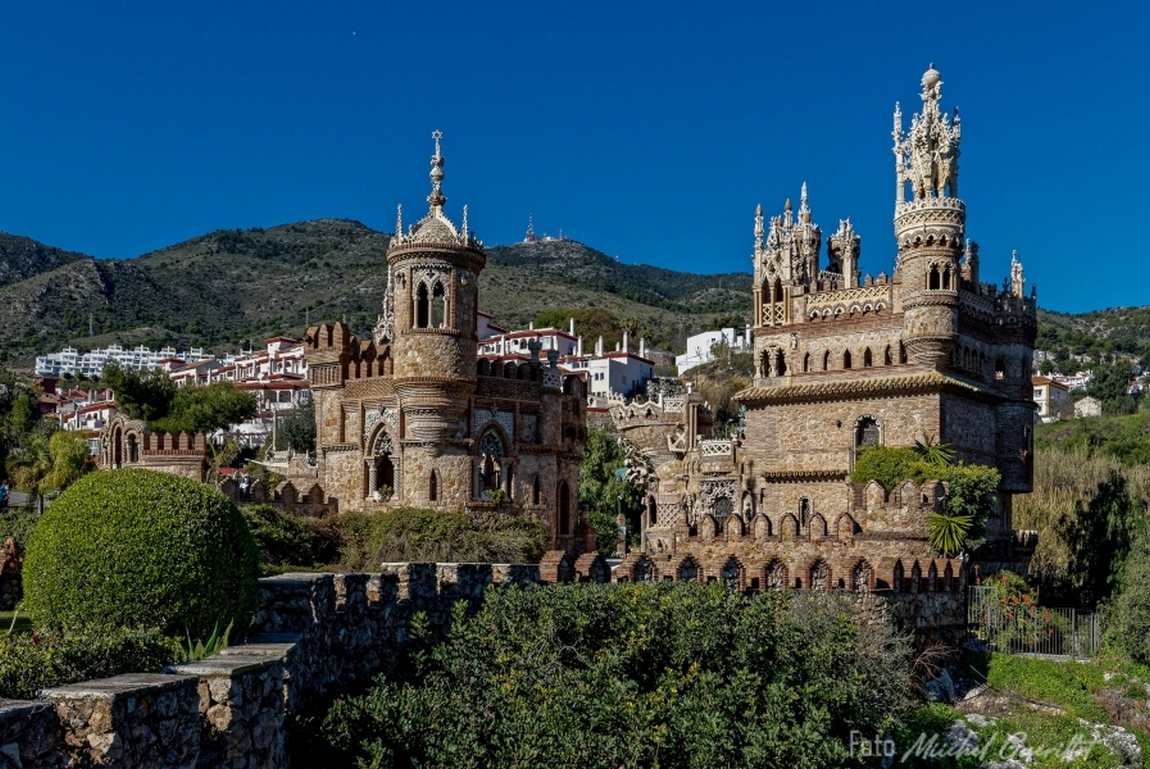Those who vacation with children in the Costa del Sol often want to visit the central city of Andalusia and see the stone lace of the Alcazar of Seville. But much closer to the places of beach recreation, namely in Benalmadena, there is the no less amazing castle of Colomares. Its history is not very long, but the event in honour of which the castle was built took place more than 500 years ago and still has not lost its significance.
The Guinness Book of Records calls Colomares the world's largest monument to Christopher Columbus. But if a child is unfamiliar with the history of the discovery of America but has read many fairy tales and looks at the castle, he will see ships and magical palaces.

Dr Esteban Martin Martin designed the Castillo Monumento Colomares project. In his construction, he displayed all the main stages in the preparation of Columbus for the journey and his important discoveries. It turned out to be a kind of book in stone. On its pages are the Spanish monarchs, the ambitious plans of Columbus to open a short way to India, new islands, the shores of South America and dreams of travelling to the East. To express this, Dr Martin freely combined elements of different architectural styles: Moorish style, Gothic, and Oriental motifs.
The first thing that strikes visitors to the castle in Benalmadena is the ships' bows, elements of the fortress towers. These are copies of the ships on which Columbus made his first expedition. The stone "Santa Maria", "Pinta", and "Nina" seem to carry joyful stories about a particular West Indies, which the navigator managed to discover.
Dr Martin built a chapel to commemorate the discovery of San Salvador Island by the Columbus flotilla, which also made it into the record books as the smallest chapel in the world. The discovery of the island of Haiti, the sinking of the Santa Maria, the construction of Fort La Navidad and other events leading up to the colonization of the Americas all earned separate edifices. And the end of Columbus' journey on Earth is symbolised by the Eastern Tower, which was built using elements typical of the architecture of India, China and Japan.

The architect also symbolically portrayed other events in Spanish history. For example, the Fountain of Lovers is dedicated to the royal couple, Ferdinand of Aragon and Isabella of Castile. After much deliberation, these monarchs approved of Columbus' plans to embark on a maritime expedition.
Tours of the castle are available to help understand the architect's intentions. But even without the knowledge of history, you can admire a fantastic building that came about thanks to one man's enthusiasm.










